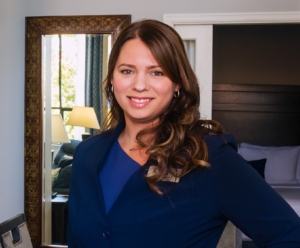As an opening salvo to an opera, it would be difficult match the genius that Wolfgang Amadeus Mozart displayed in the creation of his Overture to Don Giovanni. Starting with the portentous D minor chords of the opening, the tentative rhythmic steps into dark corners, and the ratcheting tension and release of the flutes, the members of the audience are immediately set on the edge of their seats. However, this is an opera buffa, and the atmosphere is quickly transformed into something comic and energetic! The mixture of comedy, drama, and tragedy is what has kept the opera on the stage from the time of its Prague premiere in 1787 through to the present day.
What’s more miraculous is that Mozart had not begun writing the overture the day before the first performance. After a night out drinking with friends, he sat down at his desk at midnight and asked his wife, Costanze, to keep him awake by telling him stories of Aladdin’s lamp, Cinderella and other tales. She managed to do so for three hours, but allowed him to nod off. At 5 am, she roused him to continue. The score was completed by sunrise and hurriedly sent to copyists. The parts were placed on the music stands that evening, and the Overture was sight-read by the musicians at the premiere on night of October 29th.
Ottorino Respighi is perhaps best known for his set of three colourful orchestral tone poems: Fountains of Rome, Pines of Rome and Roman Festivals. For concertgoers, classical radio programmers and record collectors, the scores have been treasured favourites. The same can be said for another trilogy that Respighi created: his Antiche danze ed arie per liuto (‘Ancient Airs and Dances for Lute’). Together they represent two sides of Respighi’s career, as a leading contributor to the rebirth of symphonic music in his native Italy, and as a musicologist with a passion for earlier musical traditions. He brought music of the Renaissance and Baroque to a contemporary audience.
For some, this was a case of putting “old wine in new bottles.” Indeed, there are two sides to how Respighi’s music was received. For much of the 20th century, musical highbrows regarded him as a dabbler or dilettante, in much the same way that Hollywood film composers were once viewed. The French musicologist Henry Prunières—a longtime NY Times correspondent—described Respighi as “an able compromise between the counterpoint of Strauss, the harmony of Debussy, the orchestration of Rimsky-Korsakov – the whole tinted with a little Italian melody.” Perhaps there is a kernel of truth in that comment, since Respighi studied with Rimsky Korsakov while he played viola for a short time in the Russian Imperial Theatre Orchestra in St. Petersburg. Yet conductors such as Toscanini embraced these pieces, and they became immensely popular through countless radio broadcasts and recordings. Respighi’s catalogue comprises some 200 works, including operas, ballets, orchestral and chamber pieces, as well as vocal and choral scores.
Respighi assembled three suites, (in 1917, 1923, and 1931), based on lute music of the Italian Renaissance period that had been collected by Oscar Chilesotti, a fellow musicologist and early music performer. In contrast to the formal title (‘Ancient Airs and Dances for Lute’), the suites are, in fact, free transcriptions that were adapted to be played by a small orchestra. Each movement in the Suite No. 2 is orchestrated for a slightly different ensemble of winds, brass, timpani, harp, harpsichord 4-hands, celeste and strings. The suite opens with a trio of elegant dances – Galliard, Salterello and Canarie – followed by an energetic Rustic Dance. The peaceful third movement features the sound of the celeste and the bouncy Bergamasca concludes the suite. If you wish to explore the other Ancient Airs and Dances, there is a much-loved 1959 recording by Antal Dorati and Philharmonia Hungarica on the Mercury Living Presence label.
One of Benjamin Britten’s most familiar works might be described as another case of “old wine in new bottles.” Like Respighi, the English composer incorporated some baroque dances forms (a Bourée and a Sarabande) into his charming Simple Symphony, but the bulk of the musical content stems from Britten’s own youthful compositions, rather than the masters of old. When he was growing up near the eastern coast of England, Britten attended symphony concerts in the city of Norwich, at the encouragement of Audrey Alston, his childhood viola teacher. In 1933, as a nineteen-year-old graduate of the Royal College of Music, Britten was asked to write a piece for a student orchestra in Norwich, and he decided to dedicate it to his teacher. He provided the following description in his published score: “This Simple Symphony is entirely based on material from works which the composer wrote between the ages of nine and twelve. Although the development of these themes is in many places quite new, there are large stretches of work which are taken bodily from the early pieces – save for the re-scoring for strings.”
There are four movements in the Simple Symphony, each one utilizing two of his favourite childhood works. There is nothing childish about the music however! Boisterous, playful, sentimental and frolicsome are apt adjectives for the sections, yes, but it presents some genuine challenges for the players. Britten directed the amateur players in the premiere, and within a year of its introduction, the score was performed and recorded by the famed Boyd Neel Orchestra, a fully professional ensemble. Published as his Opus No. 4, it represents one of Britten’s earliest mature works.
In the upper classes of European society in early 1800s, it was considered almost mandatory for an aspiring young gentleman to undertake a “Grand Tour” of Europe. Therefore, in the spring of 1829, Abraham Mendelssohn Batholdy – a banker and philanthropist –sent his son travelling across Europe. He instructed Felix Mendelssohn to “examine the various countries closely to fix on one where you wished to live. You are to make your name and gifts known, and to press forward in your work.” Over the course of nearly three years, Felix visited England, Scotland and Wales, and later, Austria, Italy, Switzerland and France.
During his Italian excursions in 1830/31, Mendelssohn visited Venice, Florence, Rome, Naples, Pompeii, Genoa and Milan. Throughout his travels, Mendelssohn was inspired to capture the sights and sounds of what he experienced, in his watercolour paintings and in his musical compositions.
The Symphony No. 4 in A Major was sketched largely during his trip. In February of 1830, he wrote a letter to his sister, Fanny, saying, “The Italian symphony is making great progress. It will be the jolliest piece I have ever done.” An indeed it begins with as sunny an outlook as the blue skies of Italy could offer. The more solemn second movement has been likened to a religious procession that Mendelssohn may have witnessed in Rome. With the Minuet and Trio of the third movement, Felix genuflects to the classical traditions of Mozart and Haydn. The Italian flavour returns in the energetic finale, where Mendelssohn captures the leaping and whirling movements of a dancer performing a Salterello and perhaps a Tarantella. Reflecting on his trip to Italy, Mendelssohn said, “The whole country had such a festive air that I felt as if I were a young prince making his entry.”
Notes: Matthew Baird
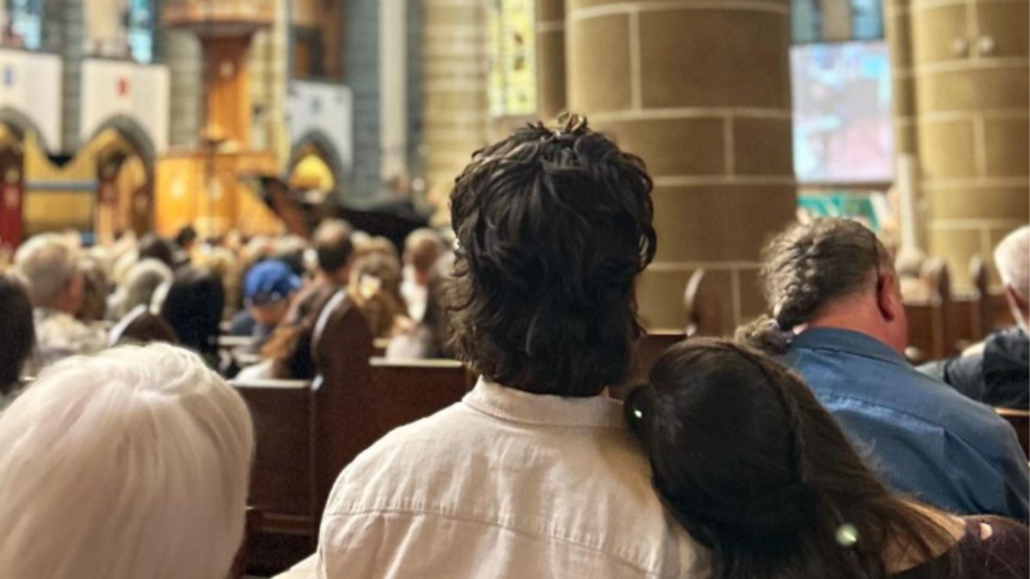


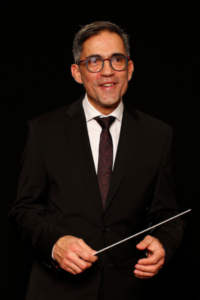 Giuseppe Pietraroia, conductor
Giuseppe Pietraroia, conductor Presenting Sponsor: 2024 Symphony in the Summer Festival
Presenting Sponsor: 2024 Symphony in the Summer Festival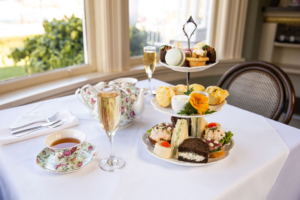
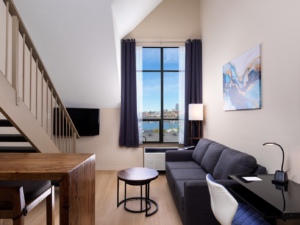 Victoria Getaway Package at the Huntingdon Hotel and Suites:
Victoria Getaway Package at the Huntingdon Hotel and Suites: